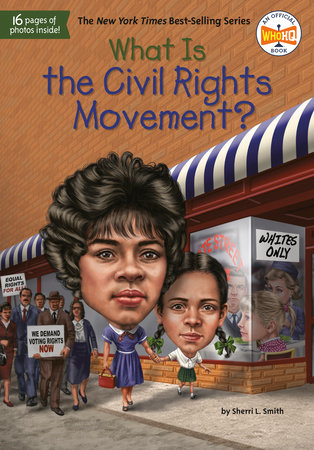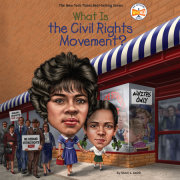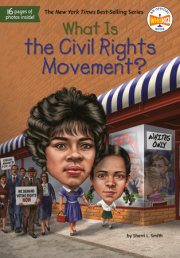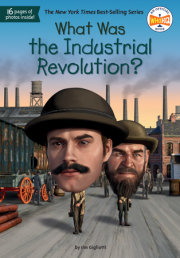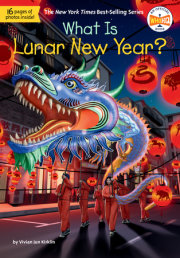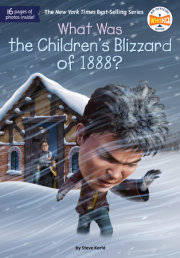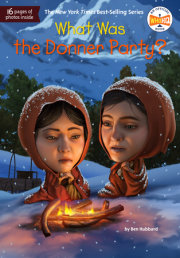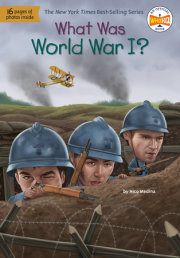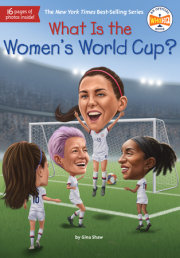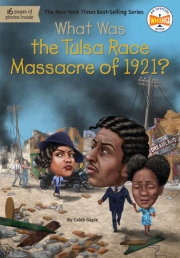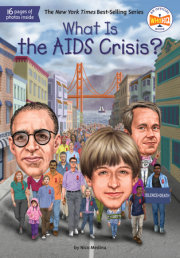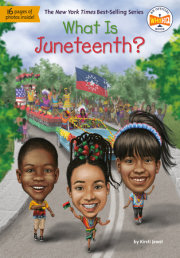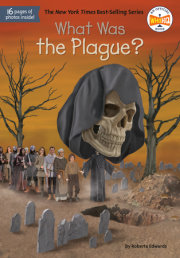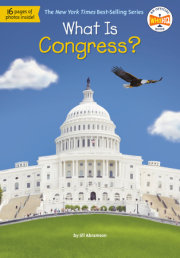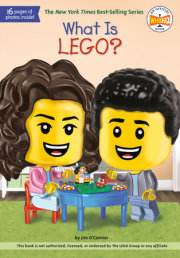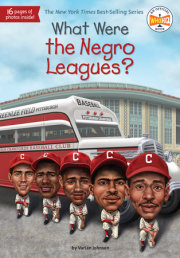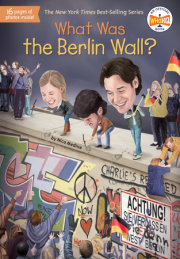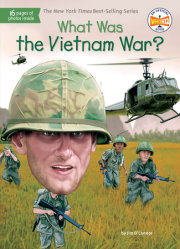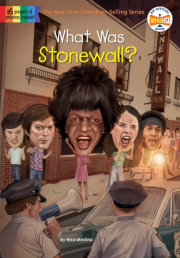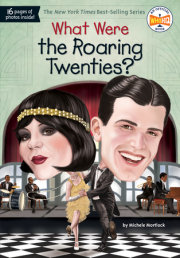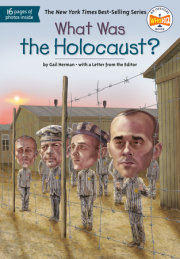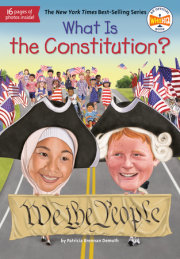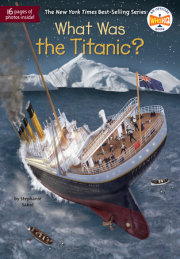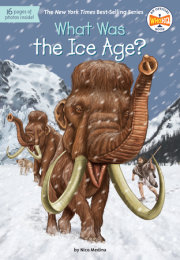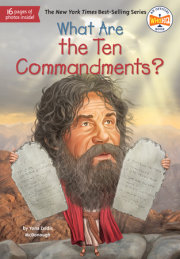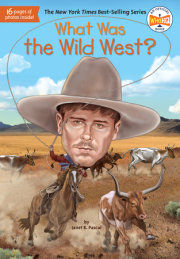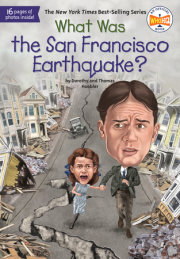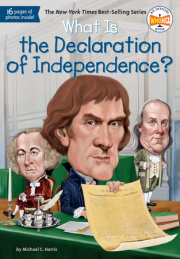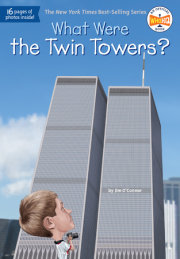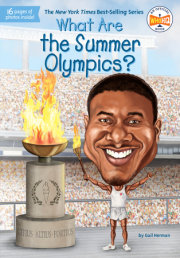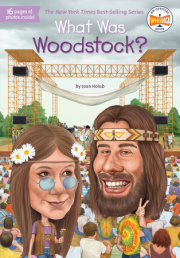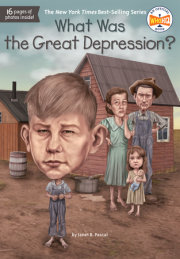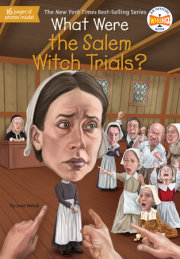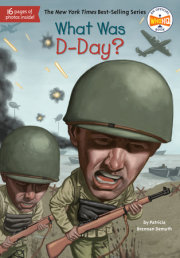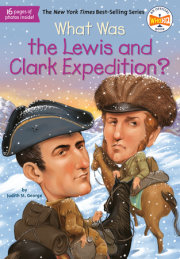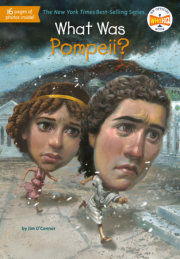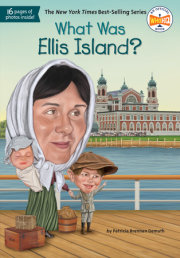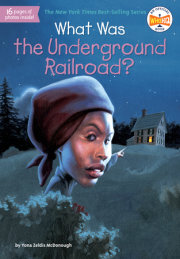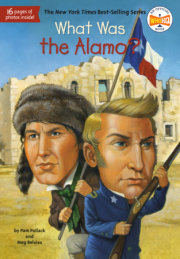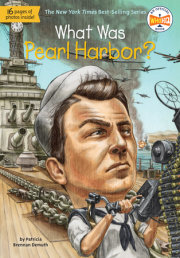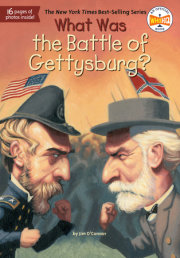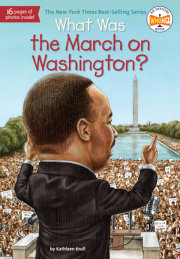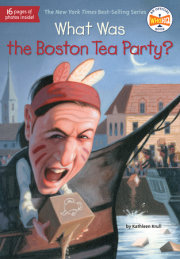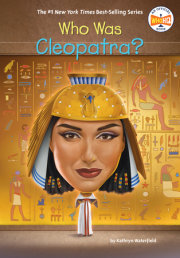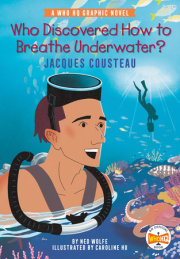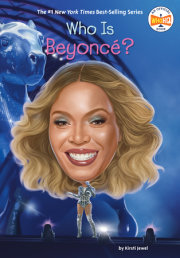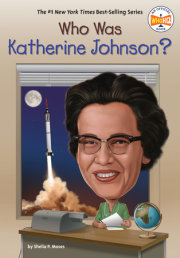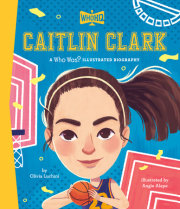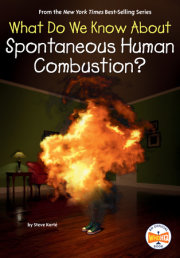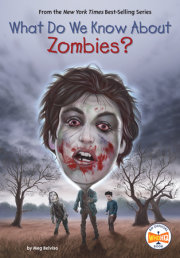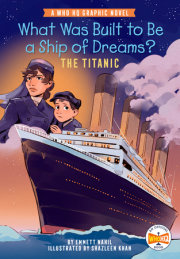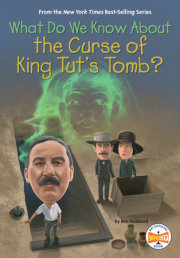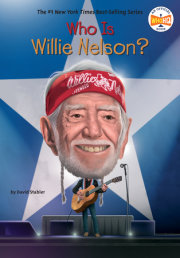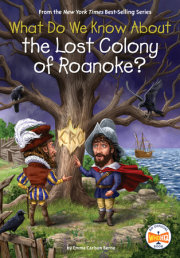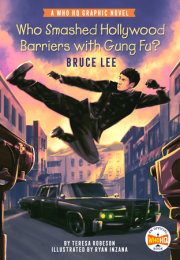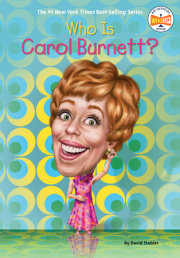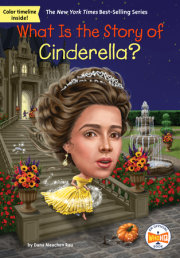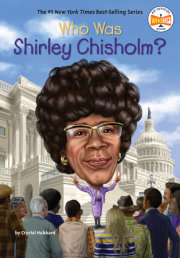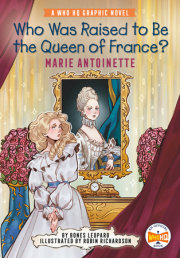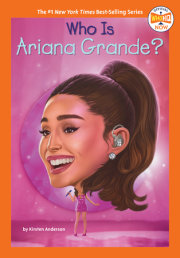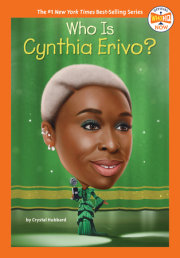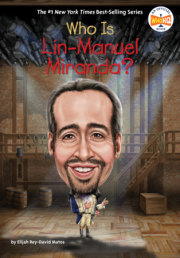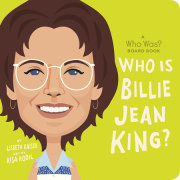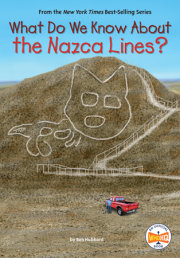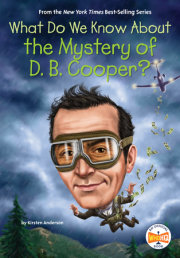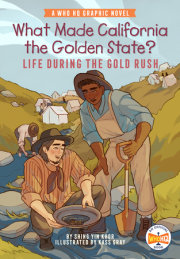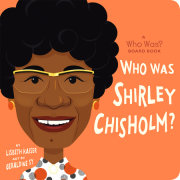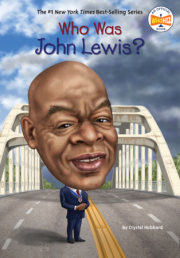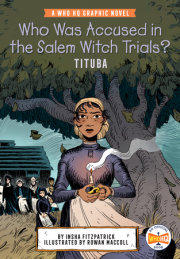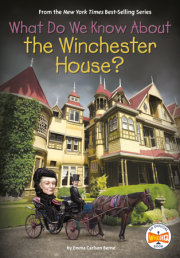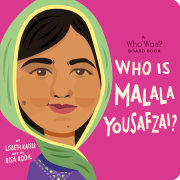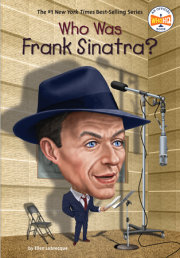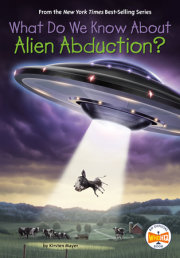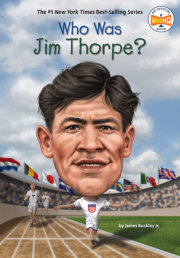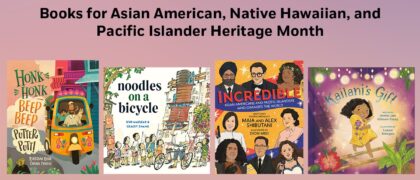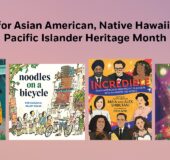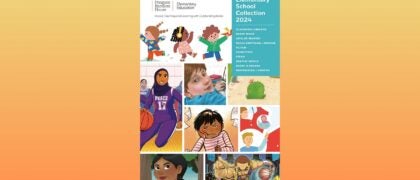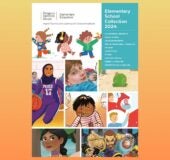What Is the Civil Rights Movement? One afternoon in March 1955, fifteen--year--old Claudette Colvin boarded a public bus for home. A deep brown--skinned girl with large, dark eyes and black--rimmed glasses, Claudette was a high-school student in Montgomery, Alabama.
On the bus, Claudette and three friends took seats in a row for Black passengers.
At the time, public buses in the South were segregated by race. (Racial segregation meant keeping Black people separated from white people.) In Alabama, white passengers sat in the front rows marked by a sign that read “White.” Passengers of color had to take seats in rows behind the sign. If more white people boarded the bus after the “White” area was full, Black passengers who had seats were forced to give them up.
That’s what happened to Claudette and her friends when a young white woman boarded the bus on their trip home. The other girls gave up their seats. But Claudette did not. Just for that, Claudette was arrested! She was locked up in an adult jail cell. “I can still vividly hear the click of those keys,” she later said.
What made a teenage girl act so bravely?
At school, Claudette had learned about Harriet Tubman and Sojourner Truth. Both African American women had fought for years against the injustice of slavery.
Claudette believed staying in her seat was doing what they would have wanted her to do. She said, “It felt as though Harriet Tubman’s hands were pushing me down on one shoulder and Sojourner Truth’s hands were pushing me down on the other shoulder. I felt inspired by these women because my teacher taught us about them in so much detail. I wasn’t frightened, but disappointed and angry because I knew I was sitting in the right seat.”
Claudette took a stand for civil rights that day. Civil rights are protections promised to all citizens of the United States of America—-like the right to vote or the right to an education. Big changes can start with the bravery of a single person. Claudette was one of the many brave people who would work together for the three great promises of America—-life, liberty, and happiness.
Chapter 1: A Troubled Past When people talk about the civil rights movement, they usually mean the period in the 1950s and 1960s when African Americans fought for the same rights that white people had. Segregation was the worst in the South. Besides having to sit in separate rows in buses, Black people went to separate schools, drank from separate water fountains, stayed in separate hotels, lived in separate neighborhoods, and were not allowed to vote.
The United States Declaration of Independence says “all men are created equal.” But when it was written in 1776, one out of every five people was enslaved. They had been kidnapped from Africa and sold to white Americans like property.
In the Southern states, white people depended on slave labor to run their farms and plantations. But many Northern states wanted to make slavery illegal. Rather than agree to this, in 1860 eleven Southern states began to break away. In 1861, they formed a new country—-the Confederate States of America. It included Alabama, Florida, Georgia, Louisiana, Mississippi, South Carolina, Texas, Arkansas, North Carolina, Tennessee, and Virginia. The border states of Kentucky and Missouri had divided loyalties. The North wanted the states to stay united. This led to the Civil War. When it ended in 1865, the South had lost and slavery in the United States was over at last.
The following year saw the first Civil Rights Act. It said all people born in the United States were considered US citizens. As citizens, Black people now had the right “to full and equal benefit of all laws as . . . enjoyed by white citizens.” In 1870, a new Civil Rights Act attempted to support Black men’s right to vote as granted by the Fifteenth Amendment.
Even so, African Americans continued to face discrimination. Discrimination means they were treated differently because of the color of their skin. The Southern states created new laws that denied African Americans their rights. These were called the Black Codes, also known as Jim Crow laws.
Jim Crow was a character in music shows that made fun of Black people. White actors would darken their faces with burnt cork and dress in rags. Jim Crow was clumsy and not very smart. He was meant to insult Black people. Jim Crow laws were used to make Black people second--class citizens. Second--class citizens are people who are not given equal rights.
Jim Crow laws made it hard for Black citizens to lead a decent life. White people would not sell farmland to Black people or allow them to attend good schools. African Americans were prevented from voting so they could not elect people who would fight on their behalf.
Many African Americans moved to the North or out West for a better life. From 1915 to 1970, around six million Black people migrated from the South. They still faced racism and unfairness. But life was harder for those who remained.
Racism was not restricted to the South. Even the Supreme Court ignored the rights of Black citizens. The Supreme Court is the highest court in the nation. What it says is the law remains the law.
In 1896, a case went before the Supreme Court. The case was called Plessy v. Ferguson. Homer Plessy was a Black activist who challenged a new law in Louisiana that blocked people of color from riding in “white” train cars. This law took away freedoms Plessy had grown up with during Reconstruction. With his fair skin color he was able to buy a ticket for the “white car.” But a train conductor threw him out. Plessy and a local civil rights group filed a legal complaint.
The Supreme Court judges said Homer Plessy did not have the right to sit in the “white” car. They said segregation was legal as long as both white people and people of color were given “separate but equal” accommodations. (For trains, “accommodations” would mean the seats, and access to food and a bathroom.) While accommodations were indeed kept separate, they were far from equal. Particularly in the South. And yet, for the next sixty years, “separate but equal” was the law of the land.
Chapter 2: A Long Walk to School Schools in the South were separate but not equal. White schools were in nicer buildings, with new textbooks and school buses. Black students often walked long distances to school in all kinds of weather. Black schools received old textbooks thrown out by white schools. Some didn’t even have flushing toilets! It was hard to get a good education if you were Black. That meant it was harder to get a good--paying job.
Seven--year--old Linda Brown had a very long walk to her school in Topeka, Kansas. As she later recalled, “It was several blocks up through railroad yards, and crossing a busy avenue, and standing on the corner, and waiting for the school bus to carry me two miles across town to an all--Black school.” In the winter, the walk was unbearable. “I remember walking, tears freezing up on my face, because I began to cry because it was so cold.”
Why couldn’t she go to the other school just a few blocks from her house? Because it was for whites only.
In 1951, Linda’s father went to court. He said not allowing Linda to go to the local white elementary school went against the Fourteenth Amendment’s promise of equal rights. A famous civil rights attorney named Thurgood Marshall brought the case all the way to the Supreme Court. He went on to become the first Black Supreme Court justice.
On May 17, 1954, the court declared segregation in public schools to be unconstitutional. Unconstitutional meant it went against the laws laid out in the US Constitution. The court said separate could never truly be equal. Schools should start integrating right away. Integration means to mix separate groups together. The decision was called Brown v. Board of Education.
But many white people ignored the law.
The city of Little Rock, Arkansas, did not integrate schools until September 1957. The first Black students to do so were known as the Little Rock Nine.
The local White Citizens’ Council was unhappy with the news. The Citizens’ Council was like the KKK. But instead of hiding behind robes and hoods, they were businessmen. They used money and friendships with politicians and the police to get their way.
The Citizens’ Council threatened the Little Rock Nine as well as their families. Angry white people from all over the South came to town to block the entrance to the all--white Little Rock Central High School.
On September 4, eight of the nine students were driven to the school, only to be stopped by the National Guard. The National Guard is a volunteer US military group. The governor of Arkansas had sent them to stop the teenagers from entering the school. Unfortunately, one student’s family did not have a telephone and did not know about the carpool. So Elizabeth Eckford ended up facing the mob all alone. News cameras snapped pictures of the brave girl holding her head up as people spat and yelled at her. But the Guard would not let her inside.
On September 23, all nine students entered the school together using a delivery entrance. But the angry crowd outside stormed the building and the Little Rock Nine were forced to flee.
President Dwight Eisenhower sent 1,200 soldiers and the National Guard back to Central High to keep the peace. On September 25, the Little Rock Nine entered the school with an armed military escort. One of them said, “For the first time in my life, I feel like an American citizen.”
Copyright © 2020 by Penguin Random House LLC. All rights reserved. No part of this excerpt may be reproduced or reprinted without permission in writing from the publisher.

